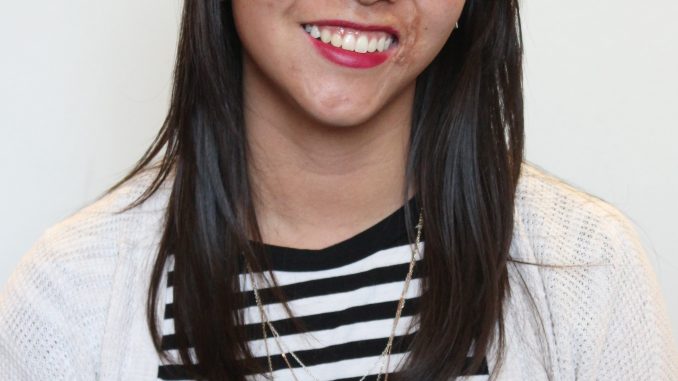
 Each year, October rolls around and everything turns a shade of pink. Ribbons, T-shirts, bumper stickers, all proudly proclaiming their support for Breast Cancer Awareness Month. This visibility benefits the cause in some obvious ways—but how much is this merchandise really helping those impacted by the disease?
Each year, October rolls around and everything turns a shade of pink. Ribbons, T-shirts, bumper stickers, all proudly proclaiming their support for Breast Cancer Awareness Month. This visibility benefits the cause in some obvious ways—but how much is this merchandise really helping those impacted by the disease?
According to breastcancer.org, breast cancer is the second most common type of cancer in women, as well as the second leading cause of cancer death. An estimated 231,840 cases are expected to be diagnosed in women in 2015 and 2,350 new cases in men.
Death rates have decreased since the late 1980s because of greater awareness, earlier detection and improved treatment. However, an estimated 40,000 women will die from breast cancer in 2015.
The trend of Breast Cancer Awareness Month merchandise inundating retailers across the country strikes me as rather disturbing for a variety of reasons.
The merchandise is often emblazoned with charming phrases like “save the tatas!” and “save second base!” While “quirky” catchphrases may boost sales and grab attention, this marketing strategy sexualizes and objectifies breasts. The people who suffer from breast cancer become secondary to their anatomy.
Women affected by breast cancer have already likely experienced objectification in their daily lives themselves or by magazine covers, TV shows and other mediums.
This sexualization ultimately diminishes and distracts from the pain people impacted by breast cancer face. “Saving the boobs” places the value on people’s bodies, not on the disease itself, and even less on the actual people.
Actress and activist Angelina Jolie underwent a preventative double mastectomy two years ago after learning she had an 87 percent chance of contracting breast cancer due to her genetics.
Jolie, a high-profile celebrity, is also a cultural sex symbol, known not only for her filmography and philanthropic work, but also for her body. As a result of this, her double mastectomy shocked many. Comment threads all over the world exploded in a broad range of reactions. Many responded with support, kindness, sympathy and solidarity, but the vitriolic, angry, indignant and even possessive were also out in full force.
What the latter camp of comments told me was as consumers, they felt some kind of ownership over her. They were upset Jolie was choosing her health and family over her iconic figure, and thus, compromising her sex symbol status.
Making a commodity out of breast cancer awareness focuses on making money for companies rather than providing education and resources for preventing breast cancer.
Charitynavigator.org reviews the “financial health” of more than two dozen American breast cancer charities.
The American Breast Cancer Foundation only spends 46.2 percent of its total revenue on program expenses, compared with the Breast Cancer Research Foundation, which spends 91.9 percent on program expenses. These expenses are the services a charity provides like research, educational programs and health care.
In 2010, Dansko shoe company sold pink ribbon clogs, which customers assumed went toward a cancer research program. Dansko donated a set amount of $25,000 to Susan G. Komen, regardless of how many customers actually bought the shoes.
This “pinkwashing,” was coined by the organization Breast Cancer Action and refers to the commodification of pink products and the sexualization of breasts in the name of breast cancer, as well as the lack of transparency from companies that claim to help advance cancer research.
All these issues with breast cancer awareness seem to ignore the origins of the movement itself. Because of the societal objectification of breasts, breast cancer used to be stigmatized to the point where people were hiding the fact they had the disease at all. People were not getting the treatment and health care they needed and there was little research done about the cancer.
While there are merits to wanting to raise awareness and visibly supporting survivors and those currently suffering, priority should be on the person, not their anatomy.
Lian Parsons can be reached at lian.parsons@temple.edu or on Twitter @Lian_Parsons.



Be the first to comment